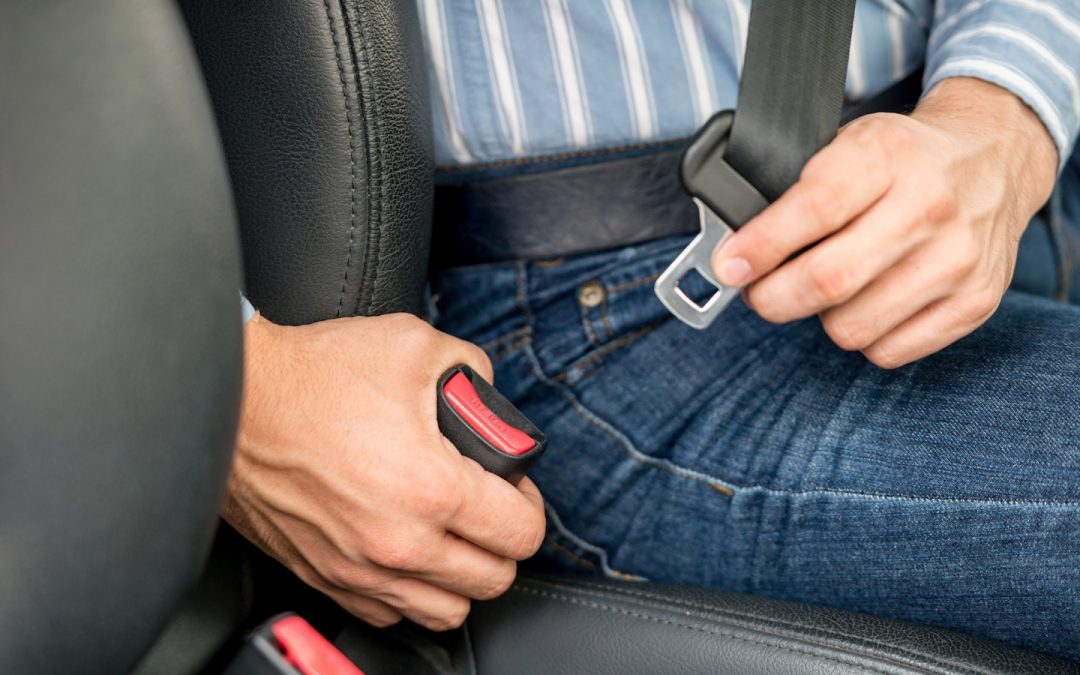In 1959, Volvo, a car manufacturer, started supplying cars with standard three-point seat belts. Since then, it’s estimated these seat belts have saved over a million lives globally, making them one of the most important safety modifications in cars. Before this change, fatalities in car accidents were likely in collisions at any speed. Following the three-point belt innovation, fatalities occurred only over sixty kilometres an hour.
How seat belts work
Seat belts function by strapping the person to the car so they slow down at the same rate as the vehicle itself and are held, so they’re not flung into the interior part of the car or clear of the vehicle itself and get seriously hurt when they hit an object that stops them.
In a crash, the seat belt will distribute the force of stopping across the wearer’s torso and pelvis, areas supported by the rib cage and other bones, minimizing the effect of the crash on the wearer. The seat belt is made of a single, contiguous length of nylon or polyester filament yarns that have a little stretch but are sturdy and strong enough to hold a person in place in a crash.
Wear it right
The two parts of the belt are the lap belt and the shoulder belt. The lap belt should sit low on your hips, and the shoulder belt should extend over one shoulder to ensure the braking forces are appropriately disbursed. Ensure the shoulder belt is removed from your neck, and never wear that belt under your arm.
For a seat belt to work correctly, it has to be worn correctly. Some drivers and passengers wear the belt too high and expose their bellies to possible injury. Some slip the shoulder belt behind them because they find it irritating but then are as prone to head injury (or even flying out of the car) almost as much as a person not wearing a seat belt.
If you’re pregnant, the lap belt should be worn below the stomach, and the shoulder belt over the shoulder and between the breasts. Small children can’t wear seat belts safely, so they must ride in a car seat.
Did you know…
- 90.4 percent of people wear seat belts
- 15,000 lives are saved every year in the United States by wearing a seat belt
- Airbags were developed to work with seat belts
- The higher the blood alcohol level, the greater the likelihood the driver/passenger wasn’t wearing a seat belt.
The risk of not wearing a seat belt
A seat belt reduces the risk of being killed or seriously injured in an accident by half. The higher the speed, the greater the impact. If a car crashed at the following speeds, it would be similar to falling from the listed heights below.
- at 50 km/h, it is like falling from a 4-story building
- at 75 km/h, it is like falling from an 8-story building
- at 100 km/h, it is like falling from a 14-story building
If you’re not wearing a seat belt, your body will be thrown around in the vehicle’s interior or, worse, thrown free.
- 51 percent of people killed in 2020 weren’t wearing seat belts
- 58 percent of those who were killed in nighttime crashes in 2020 were not restrained
Seat belts could mean the difference between surviving a crash and not, even at slow speeds. If travelling a short distance, remember you still need a seat belt.
Collision repairs available at Simplicity Car Care
If you’ve been in an accident, hopefully it was minor. If you need help repairing your vehicle, bring it to Simplicity Car Care for the full range of services, from damage assessment to dealing with the insurance company to getting your repaired vehicle back on the road.
Simplicity Car Care auto repair shops are all across Canada and repairs are fully guaranteed. Get in touch with Simplicity Car Care today and get back on the road as quickly as possible.


Recent Comments